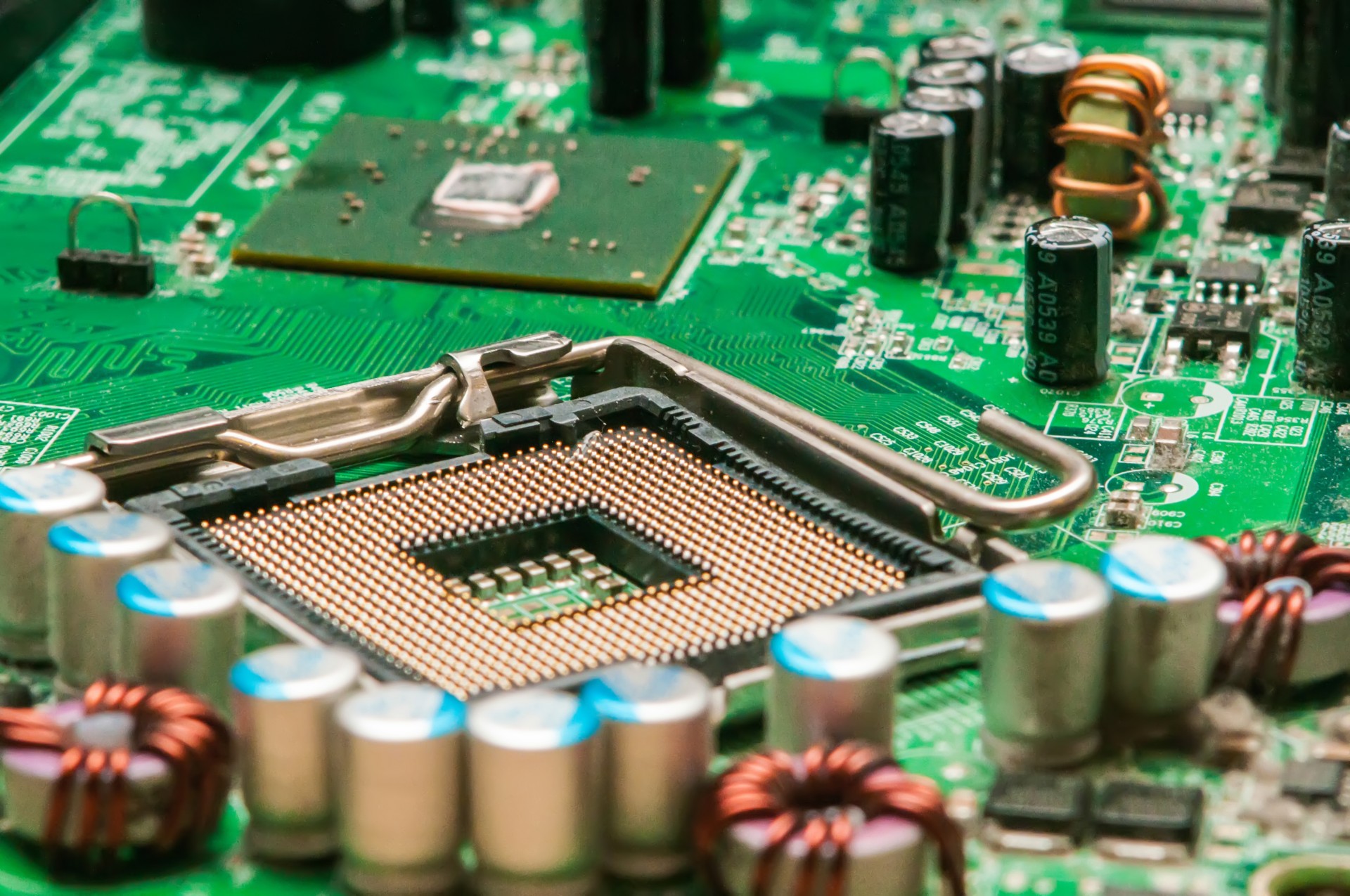Electronics instrumentation is a pivotal domain within the larger field of engineering, particularly focusing on the design, calibration, and utilization of devices that detect, measure, and analyze physical phenomena. This interdisciplinary area amalgamates principles from electrical engineering, physics, and computer science, catering to a plethora of applications in various sectors including manufacturing, healthcare, environmental monitoring, and research laboratories. This article elucidates the dimensions of electronics instrumentation, detailing its classifications, components, methodologies, and implications.
1. Definition and Scope of Electronics Instrumentation
Electronics instrumentation encompasses a myriad of devices and systems that facilitate the precise measurement, evaluation, and control of physical parameters. These parameters might include voltage, current, temperature, pressure, and others critical in both industrial applications and experimental research. At its core, instrumentation relies upon sensors, transducers, and associated electronic circuits to convert physical phenomena into actionable data. The art of instrumentation is decidedly steeped in both the theoretical underpinnings of physics and the practical applications of electronics.
2. Categories of Electronics Instruments
Electronics instrumentation can be broadly categorized into several types, based on functionality and application. The primary categories include:
- Measurement Instruments: These instruments are designed to quantify physical quantities. Common examples include voltmeters, ammeters, oscilloscopes, and multimeters.
- Control Instruments: Used extensively in automation, these instruments monitor and control processes. For instance, programmable logic controllers (PLCs) and PID controllers fall under this category.
- Data Acquisition Systems: These complex systems collect, measure, and analyze data from the environment. They employ sensors and A/D converters to facilitate data processing.
- Calibration Instruments: Essential in ensuring accuracy, calibration instruments are used to fine-tune and verify the performance of measurement devices.
3. Key Components of Electronics Instrumentation
The components that constitute electronics instrumentation are as diverse as the applications they serve. Key components include:
- Sensors: These devices detect physical phenomena (e.g., temperature, light, motion) and convert them into electrical signals. Types of sensors include thermocouples, photodetectors, and strain gauges.
- Transducers: Functioning similarly to sensors, transducers convert one form of energy into another. For instance, a microphone converts sound waves into electrical signals.
- Amplifiers: Critical in enhancing the signal strength of sensor outputs, amplifiers ensure that the subsequent data processing is accurate and reliable.
- Microcontrollers and Processing Units: Microcontrollers are the brains behind instrumentation systems, executing commands and steering processes based on input data.
4. Instrumentation Techniques and Methodologies
The methodologies deployed in electronics instrumentation are integral to ensuring precise and reliable measurements. These methodologies are often influenced by the specific requirements of the field in which they are applied. Common techniques include:
- Signal Conditioning: This involves manipulating an instrument’s output signals to make them more suitable for analysis. Techniques such as filtering, amplification, and linearization are utilized.
- Analog and Digital Techniques: Instruments can either process analog signals, which vary continuously, or digital signals, which are discrete. The choice depends on the application and desired accuracy.
- Feedback Control: In control applications, feedback systems are employed to maintain desired output levels by comparing actual parameters to set points.
5. Importance in Various Industries
Electronics instrumentation is omnipresent across a broad spectrum of industries, underlining its importance in contemporary society:
- Manufacturing: In this domain, precision instrumentation is paramount for quality control, process automation, and overall operational efficiency.
- Healthcare: Medical instrumentation, including diagnostic devices such as MRI machines and blood analyzers, illustrates the critical role these technologies play in patient care and research.
- Environmental Monitoring: With increasing concern for environmental sustainability, instruments that measure air and water quality are essential for regulatory compliance and public health.
- Research and Development: Laboratories utilize advanced instrumentation for experimental investigations, fostering innovations across various scientific disciplines.
6. Future Trends in Electronics Instrumentation
The field of electronics instrumentation is undergoing a profound transformation, propelled by advancements in technology. Emerging trends include:
- Miniaturization: The trend towards smaller, more compact instruments is facilitating portability and remote monitoring capabilities.
- Wireless Technology: The implementation of wireless sensors and connectivity is enhancing the accessibility and efficiency of data acquisition systems.
- Integration with Artificial Intelligence: AI and machine learning algorithms are being integrated into instrumentation systems, allowing for predictive analysis and real-time decision making.
7. Conclusion
In summation, electronics instrumentation is a multifaceted and rapidly evolving field that plays a significant role in advancing technology and improving efficiencies across various sectors. An understanding of the components, techniques, and applications of electronics instrumentation not only facilitates the mastery of this discipline but also equips practitioners with the requisite tools to innovate and enhance their respective industries. Continuous exploration and refinement of these instruments will undoubtedly augment our ability to observe, interpret, and influence the world around us.










